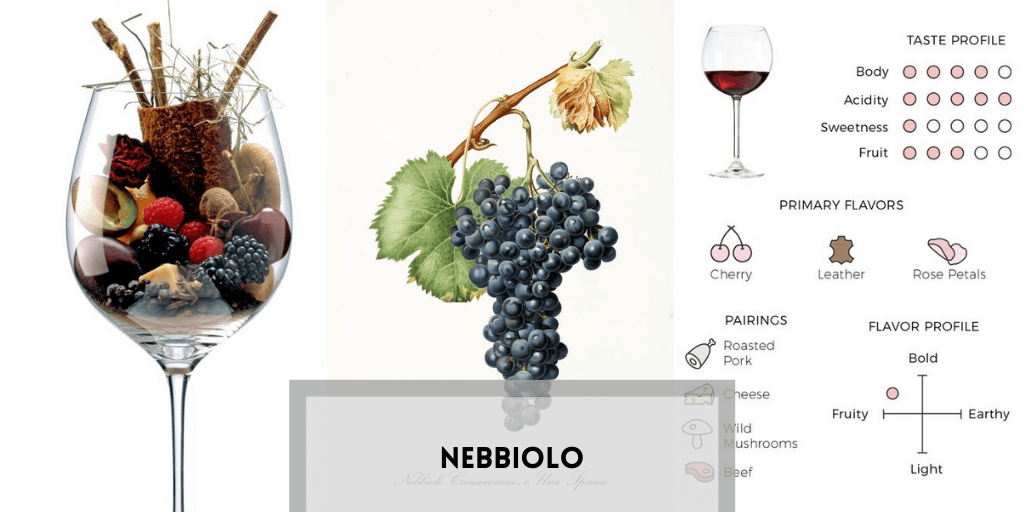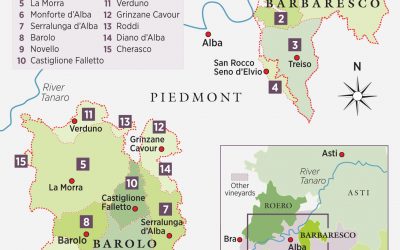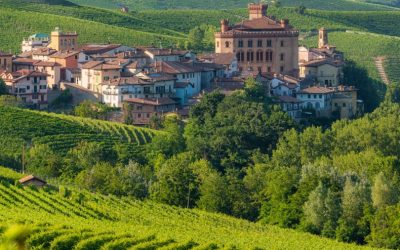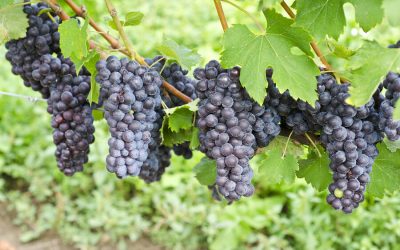Barolo Wine Tasting Notes, meaning, description
Barolo, often referred to as the “King of Wines and the Wine of Kings”, is an elegant, rich, and full-bodied red wine that hails from the Piedmont region of Italy. Made from Nebbiolo grapes, Barolo is known for its light brick-garnet pigments, vibrant acidity, and complex flavors that enchant wine lovers across the globe. Let’s explore the tasting notes of this exceptional wine.
What is Barolo?
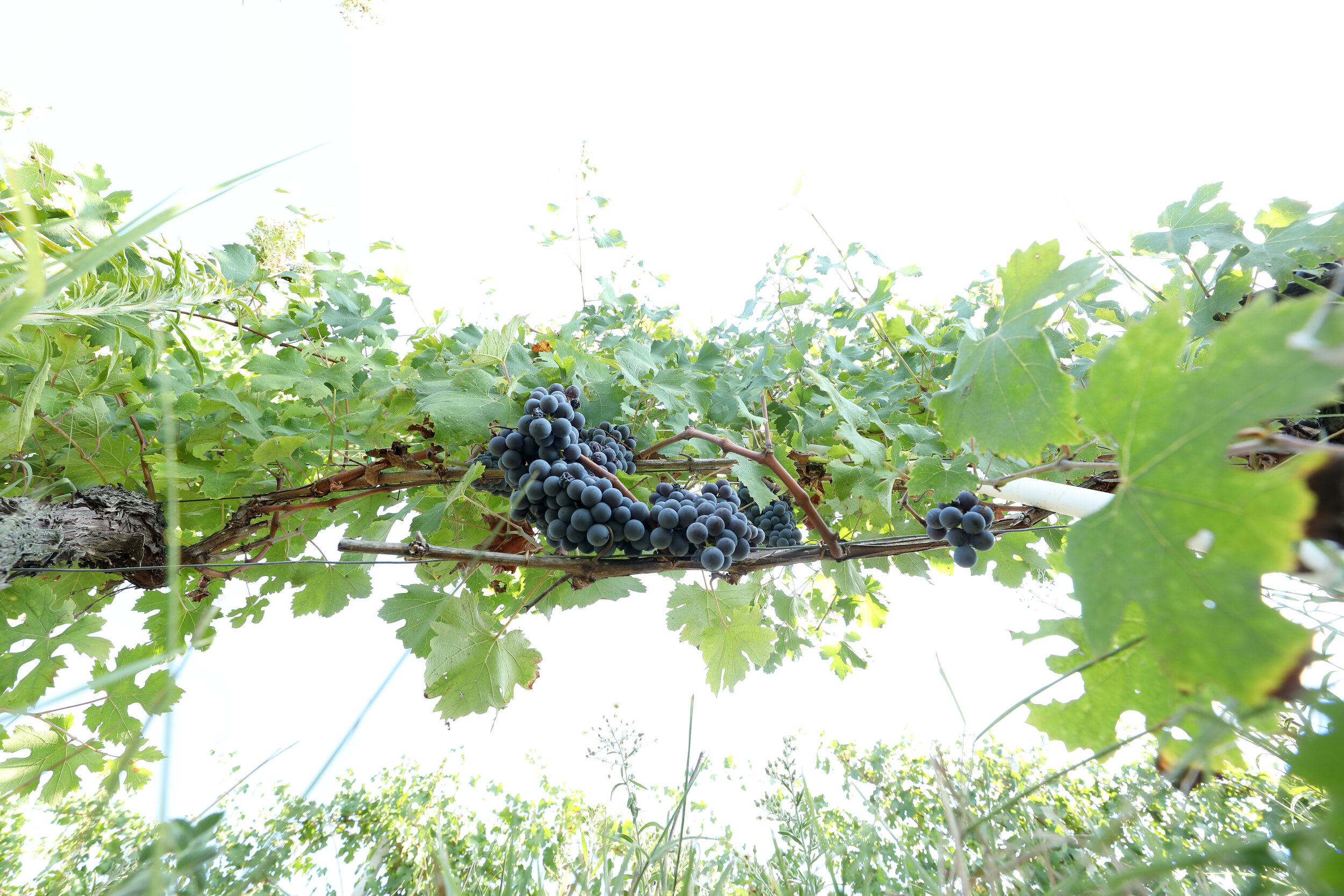
Barolo is a powerful and elegant red wine that hails from the Piedmont region of northwest Italy. Named after the commune of Barolo, it’s made exclusively from Nebbiolo, a grape variety that’s local to the area.
The Piedmont region is surrounded on three sides by the Alps, which protect it from harsh weather conditions and create a unique microclimate that’s ideal for grape cultivation. The combination of the area’s clayey-marly soil and the temperate climate contributes to the distinctive characteristics of Barolo wine. Barolo has earned the nickname “the king of wines and the wine of kings” for its rich, full-bodied flavor profile and its history as a favorite among Italian nobility. It’s recognized for its ability to age gracefully, with some varieties maturing over several decades. Upon aging, its flavors evolve from fruity notes of cherry and raspberry to more complex flavors of licorice, chocolate, and leather.
The wine is designated as DOCG (Denominazione di Origine Controllata e Garantita), the highest classification for Italian wines, indicating stringent regulations around its production. For instance, Barolo must be aged for a minimum of 38 months after harvest, with at least 18 months spent in wooden barrels. The wine also has to reach an alcohol content of at least 13%. So, when you’re sipping a glass of Barolo, you’re not just enjoying a wine; you’re partaking in a piece of Italy’s rich viticultural heritage.
Barolo Wine Tasting Notes mean and description

Barolo is a fascinating wine that can be quite surprising at first taste. Although it appears light and floral, its flavors are complex and robust, offering an intriguing contrast. When you first take a sip of Barolo, you will experience a symphony of flavors that balance beautifully on the palate. The initial taste is dominated by red fruit notes, particularly rose petal, cherry, and raspberry sauce, which provide a delicate sweetness. These fruity flavors are harmoniously offset by the spice of cinnamon and the tang of white pepper, creating a multi-layered and nuanced flavor profile. As the wine ages, it develops even deeper and more intricate flavors. The once-dominant fruity notes begin to give way to rich tones of licorice, leather, and chocolate. This transformation lends an exceptional depth and complexity to the wine, making it a favorite among connoisseurs.
What’s truly notable about Barolo is its structure. Despite its pale color and floral scent, it’s a wine of impressive strength and power. It has astringent tannins and high acidity that lend a punch to the tongue. However, these strong features mellow with aging, leading to a smoother and more rounded taste. What is the main grape in Barolo?
In comparison to a Brunello di Montalcino, another revered Italian wine, Barolo tends to be more tannic and structured, with a broader range of flavors that evolve significantly with aging. Brunello, made from Sangiovese grapes, is usually richer in color, with more immediate fruit flavors and softer tannins. Both wines have high aging potential and are excellent reflections of their respective terroirs.
Barolo Wine Tasting Notes – Understanding the Flavors and Aromas🍷🍇
When it comes to Italian wines, Barolo, made from Nebbiolo grapes, stands out with its rich and full-bodied flavor profile. Regarded as one of the finest wines, Barolo is known for its deep layers of flavor, ranging from tar and rose to porcini and wild herbs. The inherent strong presence of acidity and tannins further enhance its taste, making it a beloved choice for wine enthusiasts worldwide. As the wine ages, these flavors evolve, creating a nuanced and refined taste that sets Barolo apart.
Comparing Barolo to Pinot Noir: Distinctive Characteristics and Taste🌹🍷
Many wine lovers draw parallels between Barolo and Pinot Noir from Burgundy, owing to their light brick-garnet pigments and bright acidity. However, Barolo carries a unique identity with its notable tannic structure and distinctive rose petal and tar aromas, unlike Pinot Noir. This singular combination makes Barolo not just intriguing but also a fantastic pair with rich food like truffles – another renowned specialty from the same Italian region. Discover Barolo vs Other Italian Wines.
A Rich and Full-bodied Flavor
Barolo wines are characterized by their strong presence of acidity and tannins. Their flavors are deeply layered and complex, often described as having a blend of tar, rose, porcini, and wild herbs like sage. As Barolo ages, these flavors become more nuanced, elevating the wine’s tasting experience to new levels. Why is Barolo so expensive?
Comparisons to Pinot Noir
Barolos are often compared to the great Pinot Noirs of Burgundy due to their bright acidity and light brick-garnet pigments. However, unlike Pinot Noirs, Barolos tend to be very tannic and possess distinctive rose petal and tar aromas. This distinctive combination of characteristics allows Barolo to pair perfectly with rich foods like truffles, which are also grown in the same region of Italy.
What Makes Barolo Special?
The magic of Barolo starts first with the Nebbiolo grape, which is known for producing wines with high tannin and acidity levels. These qualities make Barolo a perfect candidate for aging. As it ages, the wine develops unique flavors that are both subtle and intense, truly setting Nebbiolo apart from other grape varieties.
Is Barolo Sweet or Dry?
Contrary to some assumptions, Barolo is a dry red wine, not sweet. It originates from the small town of Barolo in the northern Piedmont region of Italy. Despite its powerful and complex flavor profile, it maintains a dry and robust character, which is a key element of its appeal to many wine enthusiasts.
FAQs
- How would you describe Barolo wine? Barolo is a rich and full-bodied red wine, known for its strong presence of acidity and tannins. It boasts complex flavors often described as tar, rose, porcini, and wild herbs.
- Does Barolo taste like Pinot Noir? Barolo, made from Nebbiolo grapes, tends to be juicy like Pinot Noir but is much more tannic. It’s also known for its distinctive rose petal and tar aromas.
- What makes Barolo special? The magic of Barolo starts with the Nebbiolo grape. As it ages, it develops unique flavors of rose, tar, porcini, and wild herbs, truly setting it apart.
- Is Barolo sweet or dry? Barolo is a dry red wine originating from the Piedmont region of Italy. Despite its complex flavor profile, it maintains a dry character.
Barolo, with its complex flavors and enticing aromas, offers a wine tasting experience unlike any other. Whether you’re a seasoned wine connoisseur or a curious beginner, Barolo is sure to offer an exquisite tasting journey.
